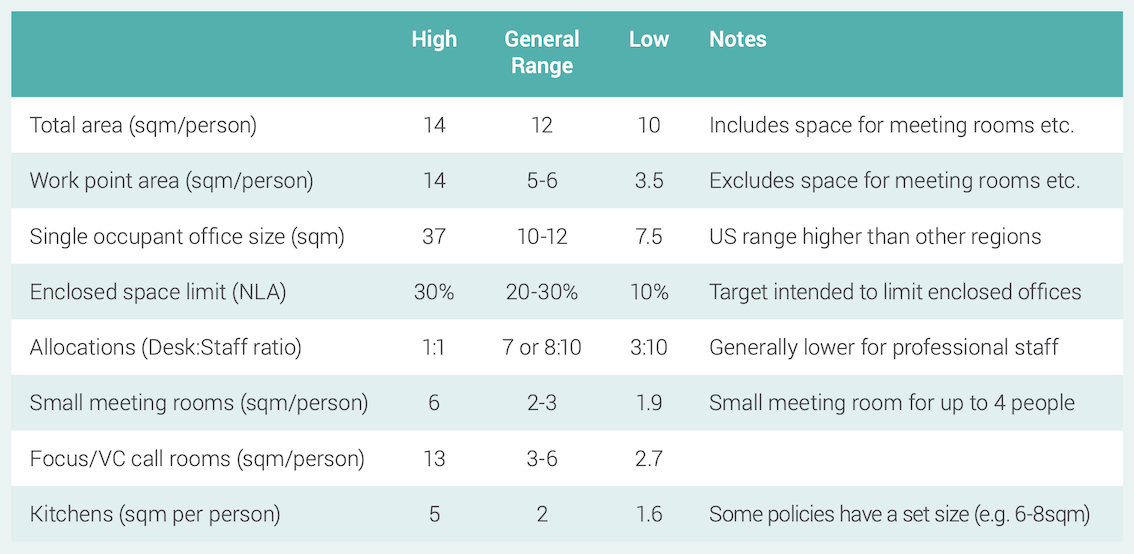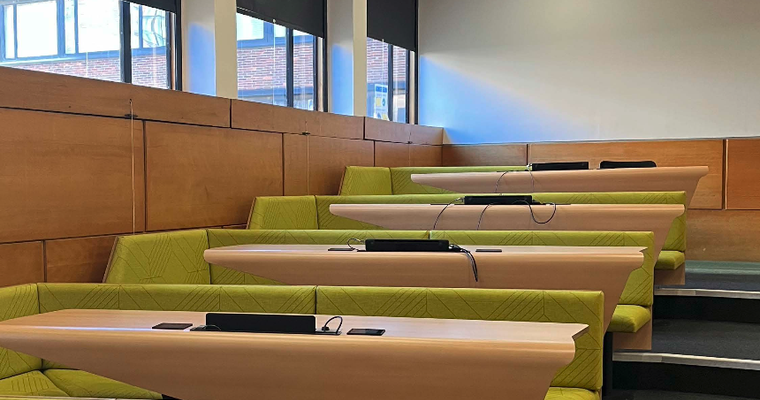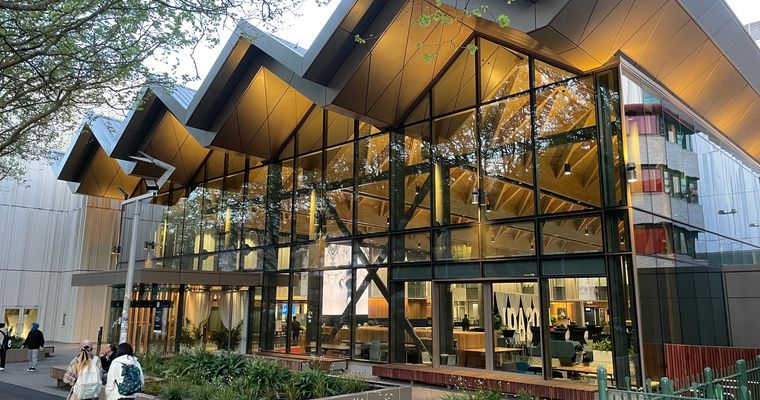Do university workspace policies work?
Research
One of the most common questions we hear from our clients is “what are other universities doing about low space utilisation?” We analysed 35 workspace policies from around the world to understand what major shifts, if any, are underway. Our review partially answers that question, but the search goes on for a definitive solution. What we do know is that changing a workspace policy in isolation from other measures is unlikely to alter staff work patterns. And change without understanding the motivations, barriers and opportunities for a better experience for staff is asking for trouble.
University workspace policies are inevitably moving toward more shared space in the UK, Australia and New Zealand (but not in the US), with a new emphasis on principles-based guidance, rather than prescriptive or detailed space allocations. This means that workplace projects are leading policy rather than the other way round, as general principles like ‘Sharing’, ‘Transparency’, “Sustainability’ and ‘Collaboration’ set the scene for early project discussions that crystallise into functional briefs.
Our global analysis of policies coupled with case studies from institutions tackling the challenge head-on found two separate but related approaches in workspace policy and design:
- Challenging the hierarchy of academia to move from ‘owning’ space to ‘sharing’ space; using time on campus as a metric for space allocations rather than seniority, and lessening the distinction between academic and professional staff workspaces
- Improving efficiency, with total space allowances of between 6-11sqm per full time employee; few, if any, individual offices; desk:staff ratios of 8:10 or lower, and more shared common areas including kitchens, lounges and meeting rooms, as well as staff drop-in (or co-working) spaces.
Overall, space per person is decreasing incrementally as universities pursue these twin goals. The table below summarises the range of square metreage allowances for different space types we found in the reviewed policies, from the very high (37 sqm for an office!) to the very low (3 desks per 10 staff), as well as the most common allocations.

Our case studies show that while these two approaches are useful and sound, implementation is difficult and likely to encounter opposition as well as practical complexities. Staff roles, work practices and cultures vary widely across universities, which invites, if not necessitates, flexibility. Which is where most universities end up; with a flexible policy that serves as a guide to new projects rather than fixed and blanket workspace rules.
If you’re want more detail about the results of our global review, see the case studies or talk to us about your staff workplace experience, please contact Campus Intuition on hello@campusintution.com



